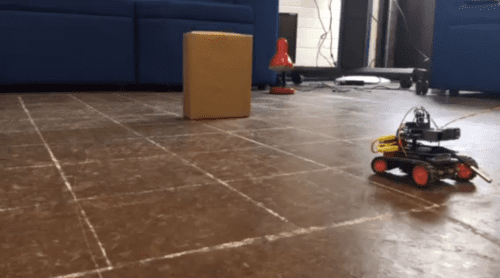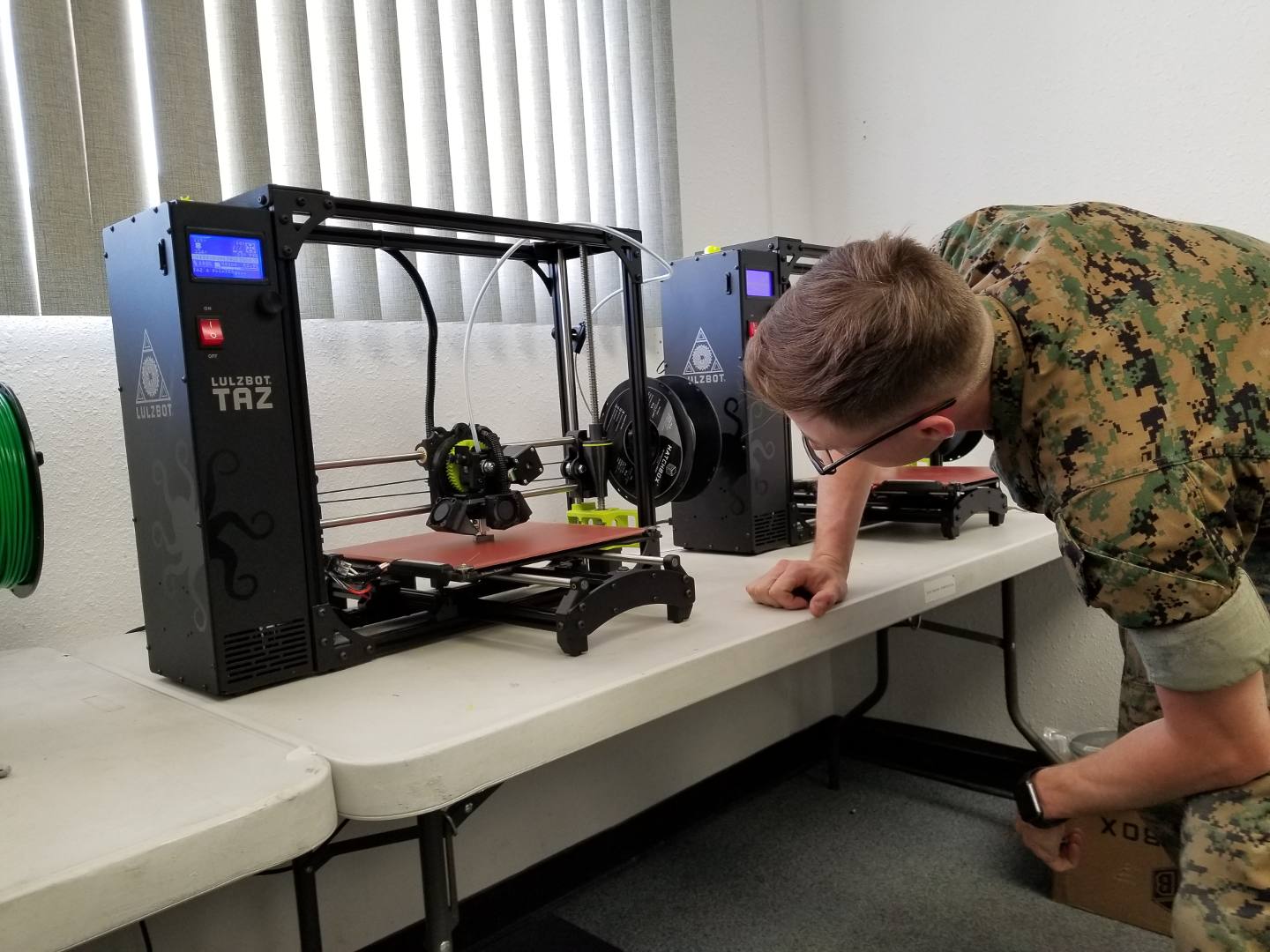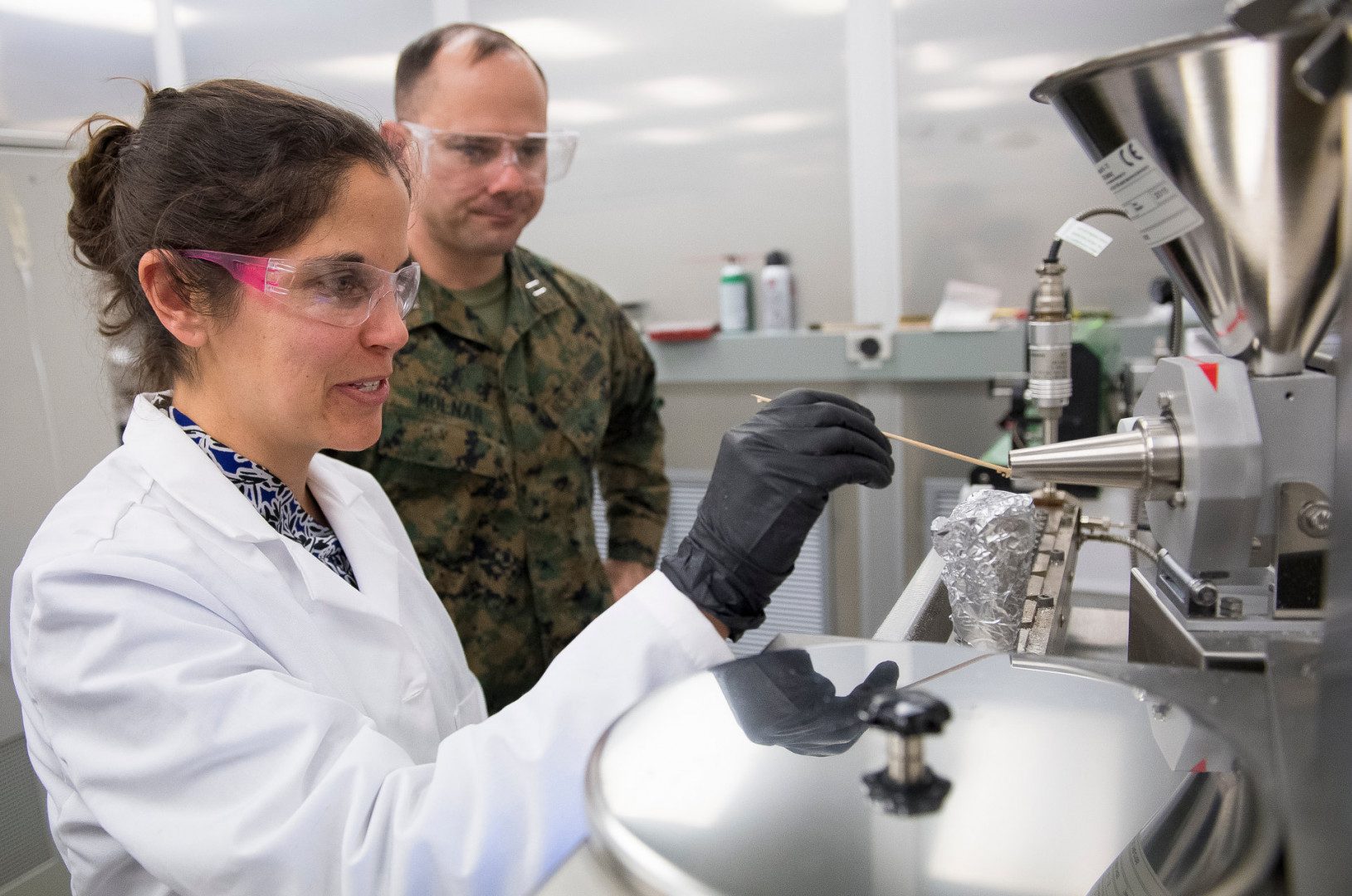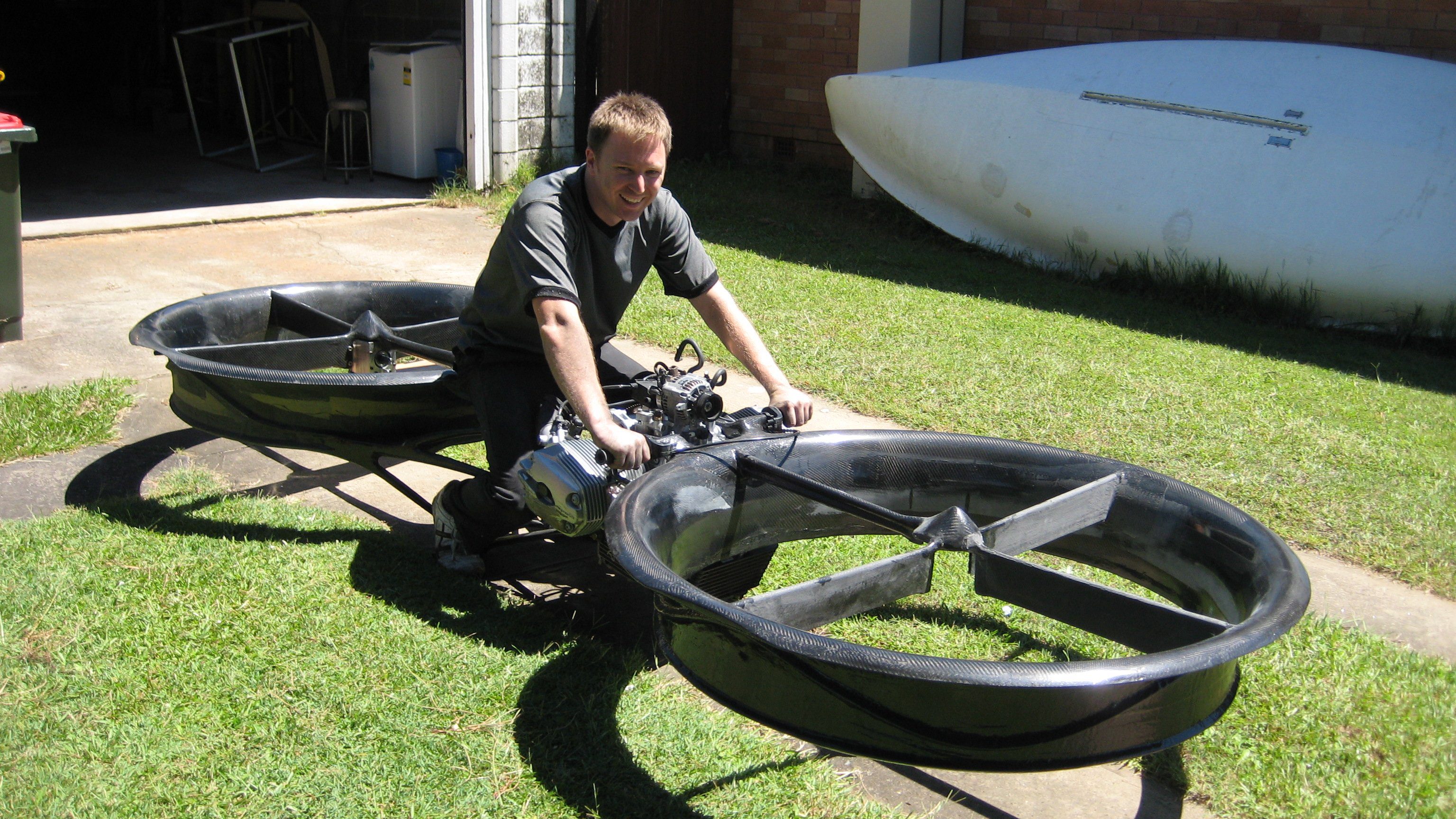Schlagwort: military
-

UK soldiers design Raspberry Pi bomb disposal robot
Reading Time: 2 minutesThree soldiers in the British Army have used a Raspberry Pi to build an autonomous robot, as part of their Foreman of Signals course. Meet The Soldiers Revolutionising Bomb Disposal Three soldiers from Blandford Camp have successfully designed and built an autonomous robot as part of their Foreman of Signals Course at…
-

US Marines Receive Intensive Training to Use LulzBot 3D Printers
Reading Time: 3 minutesTraining company Building Momentum are using LulzBot 3D printers to train the US Marines in creative problem solving and innovation. Building Momentum is a company based in Alexandria, Virginia which provides consulting on science, engineering, and technology development to defense, education, corporate, and entrepreneurial organizations. Since 2015, Building Momentum has been helping…
-

US Army is Recycling Plastic Bottles for 3D Printing
Reading Time: 3 minutesThe US Army is exploring ways to convert discarded plastic bottles into recycled PET filament. Soldiers will become even more self-sufficient in the battlefield by 3D printing useful spare parts from waste material. A collaboration between the US Army Research Laboratory and the US Marine Corps has resulted in the discovery of…
-

The US Military is Building a Real-Life Hoverbike!
Reading Time: < 1 minute[mbYTPlayer url=“https://www.youtube.com/watch?v=h7aIXvyBC64″ opacity=“.5″ quality=“medium“ ratio=“auto“ isinline=“false“ showcontrols=“false“ realfullscreen=“true“ printurl=“true“ autoplay=“true“ mute=“true“ loop=“true“ addraster=“true“ stopmovieonblur=“false“ gaTrack=“false“] Our second generation Hoverbike in a unmanned static hover. This vehicle is very capable of lifting a person of at least 100kg, however for safety and legal reasons we are testing this vehicle as a…



